
A new hotel, once part of the famous brewery, is the latest addition to a neighbourhood with an industrial-chic feel and a sustainable ethos
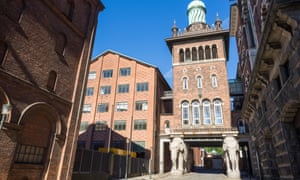
The smell of fermented hops is long gone but the old Carlsberg brewery’s former storage building is buzzing in a way not seen in over a decade. That’s because the work cries of labourers have been replaced by the chatter of visitors checking in to the new 155-room Hotel Ottilia that now lies behind the building’s red-brick shell.
With a wink to the past and a nod to the future, Hotel Ottilia (doubles from £120 B&B), which opened in January, pairs unpolished architectural details, such as the remaining grain silos and malt chambers, against modern features that include a three-storey x-ray light sculpture, which stretches upwards from the lobby like a strand of DNA.
Sixty-four original golden shields still adorn the hotel’s facade in four rows, echoed on the rear by 64 new circular windows of the same size to the hotel bedrooms. The hotel’s suites are in the brewery’s Round Tower and have large turret windows. All rooms are linked via dark hallways with theatrical lighting.
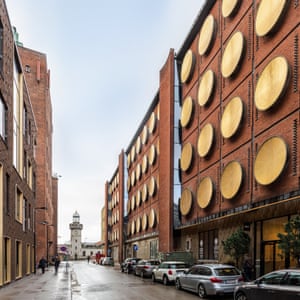
The hotel’s name is a homage to Ottilia, the Scottish-born wife of Carlsberg brewer Carl Jacobsen, an art collector who had a thing for thistles – so there’s a thistle flower motif from the lounge bar all the way up to its rooftop restaurant. The former has a free daily wine hour, the latter serves the hotel’s all-organic breakfast.
Carlsberg moved production from Copenhagen to the Jutland peninsula in 2008 following more than 160 years of beer-making in the Danish capital. This posed the question: what should be done with the valuable real estate just 2½km from Copenhagen’s historic centre? The hotel is one part of the answer.
This industrial complex – once resounding with horses and carts carrying heavy beer barrels – opened to the public in 2009. Artists and creatives soon moved in, occupying several buildings during the initial planning phase. Carlsberg Byen P/S, an independent company, part-owned by Carlsberg (25%) and three Danish pension funds, took the reins in 2012, charged with spearheading a metamorphosis of the area into a mixed-use commercial and residential zone, known as the Carlsberg City District.
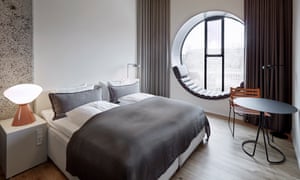
Søren Brøchner-Mortensen of Brøchner Hotels, which runs the Ottilia, says it was on a bike ride through the newly opened neighbourhood that he first saw the storage building and knew right away it could be turned into something special.
“The former Carlsberg brewery buildings are not just iconic, they’re also part of Danish history,” he says. “Giving them a new purpose is part of adding to that rich history, ensuring that they remain full of life.”
The transformation of the Carlsberg grounds into a new neighbourhood with its own postal code is just over a third complete. Carlsberg Byen CEO Jens Nyhus says 80% of the buildings will be finished by 2021 ahead of the 2024 conclusion date. Unlike similar city-district developments elsewhere in the world, including New York’s Hudson Yards, Carlsberg is envisaged as an inclusive place for everyone from students to professionals. Residential buildings make up about half of the 60-hectare (148-acre) district, while 35% is dedicated to offices and retail, and another 15% to sports, education and cultural facilities.
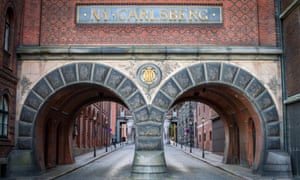
It’s the industrial-brick buildings like Hotel Ottilia that form the backdrop for this emerging quarter. Some 15% of the structures are listed and many date to the 19th century. The old buildings (largely brick and curvy) stand side by side with new ones (mostly steely and angular) but often share design elements “to keep the history moving,” Nyhus says. As you walk around, numerous sights provoke questions, including sculptural mash tanks decorating a new plaza, and there’s also the Elephant Tower: an old entry gate into the brewery complex held aloft by four life-size pachyderms sculpted out of granite.
Nyhus says that while construction continues, Carlsberg Byen will organise temporary cultural events to lure visitors and breathe new life into the district’s 25 public squares and plazas. He’s also in talks with Michelin-starred restaurants, galleries and Danish performance companies to move into the neighbourhood, though he won’t offer any names yet. Current tenants include boutique stores, a small art gallery, coffee shops and cafes, and the rooftop restaurant and lounge Tramonto – with its panoramic views over Copenhagen. Meanwhile, the beer company’s Carlsberg visitor centre will reopen in 2020 after a major facelift.
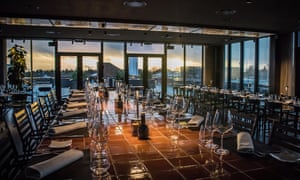
A station on the city’s S-train network opened here in 2016, linking the Carlsberg City District with Copenhagen’s Central Station (now just a five-minute trip). “I have the dream that you stop by in the train and you get so happy to be here that you never make it into the centre,” says Nyhus, before adding, “We think we can be the new centre of Copenhagen.”
The brewery’s $3bn redevelopment is key to Copenhagen’s plan to become the world’s first carbon-neutral capital city by 2025. All new architectural projects have been constructed as low-energy buildings, and most have either grass or solar cells on their roofs.
Nyhus says 96% of all materials from buildings torn down have been recycled, including concrete crushed to fill roads and bricks repurposed in new structures. “We had a beer-storage building here that we took down but we told the contractor to lay the bricks the same way when he made a school,” he says.
Working this way may not be cheap but it’s part of making the district modern and sustainable – all without losing its nostalgic appeal.
The Guardian

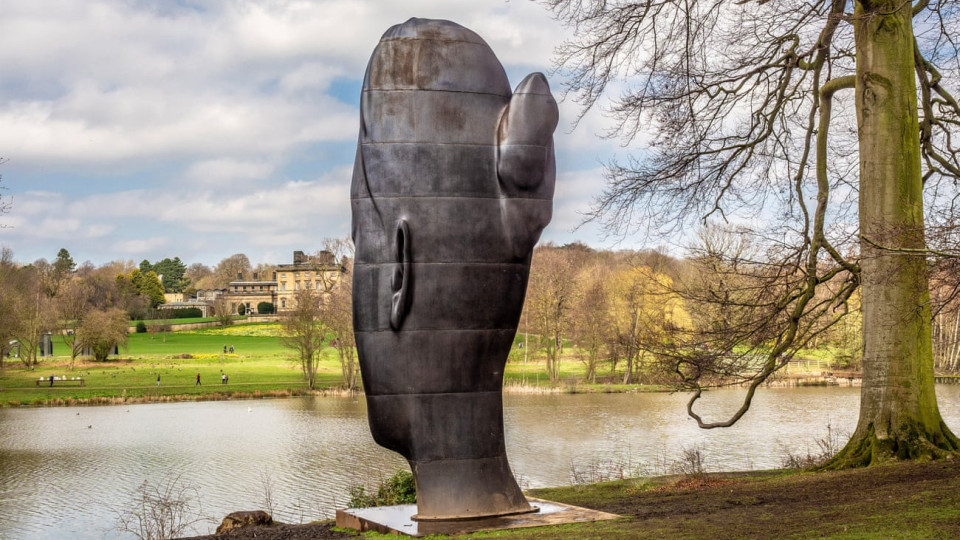
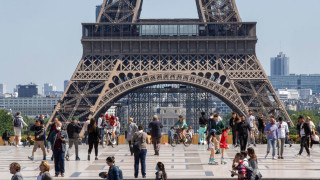





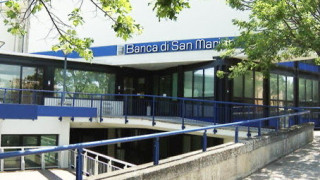


Leave a comment